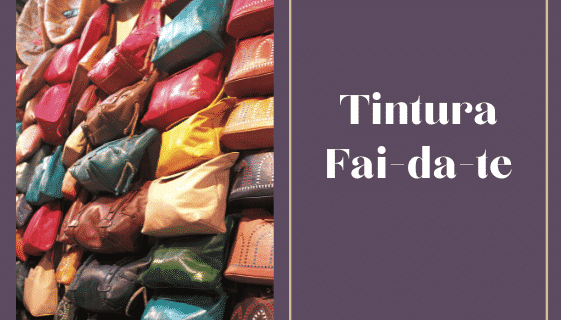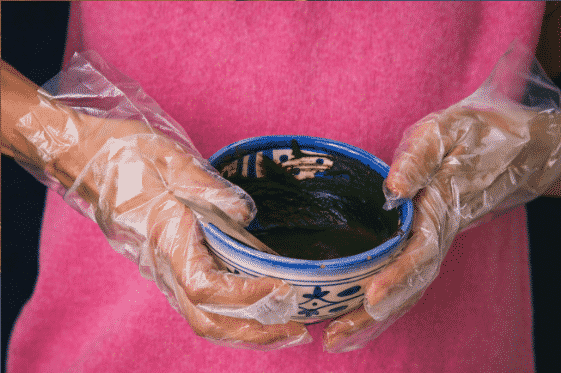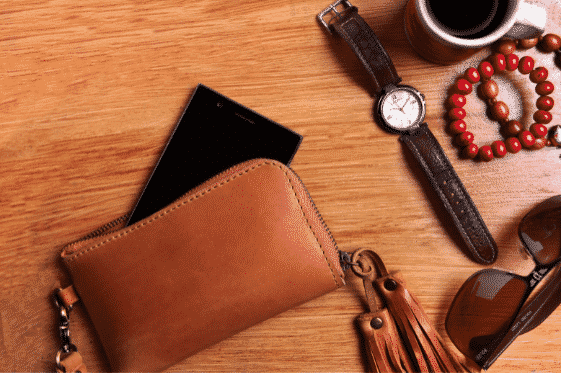Rock, classic, elegant, romantic, wild, sometimes fetish: black leather has a thousand languages and shades. An evergreen that does not know ups and downs, is a proven truth. The leather garments to show off from head to toe in a thousand shades are definitely «never without», as demonstrated by celebrities, social networks, and catwalks. Carrie Anne Moss and Keanu Reeves, but also Joan Crawford who cleans the Camperos boots for her in Johnny Guitar and Olivia Newton John and her copied leggings of Grease, are just some of the stars bewitched by the charm of black leather during their movies.
Black leather is always a great choice

With the arrival of winter, as every year brings with it the idea of wearing purely dark and winter colours. The air cools, the days get shorter, and the atmosphere goes down, a bit like our wardrobe and here we are ready to put away the pastel bags and to pull out our timeless black leather bag. And then you can buy new trunks, wallets, hand bags, cross-body, and bag Matrix effect! If you then decide to do the fashion upgrade of the moment you no longer focus on just a garment or an accessory to show off and highlight to give a more daring touch to the look. To be cool the skin must be worn up and down, a real “total leather”. But for our personal advice it doesn’t matter to wrap yourself from black leather from head to toe like Kim Kardashian at the last Met Gala 2021.
For this fall/winter 2021-22 we recommend arming yourself with black leather accessories that will give us the grit necessary to get back on the bike after the summer break: shoulder bags, belts, backpacks, and clutch are the protagonists of the autumn wardrobe. The guide to how to wear them comes, as always, from the catwalks: there are those who dare pointing to total leather looks and those who instead adopt styling strategies in which black leather garments conquer with the right to name their title of must-have. On the podium of the non plus ultra-pieces of Fall Winter 2021- 2022 fashion, the trend in question arranges black high-waisted leggings combined with a white blouse with wide balloon sleeves, the look is completed by the clutch Alexa. For those who prefer the chic and feminine style we recommend pants in fabric drapes characterized by the closure with male belt in calfskin. In the international catwalks instead, it is the leather skirt to be the protagonist along with the minidress: both garments are worn with maxi-leather boots and are worn with pride. Just about the latter: the presence of leather boots in the season looks has more than reason to exist. Amphibians are no less important: combining leather garments of amphibians of the same material is always an interesting idea, not only because you can create an informal look with chic declinations, but because you can dress casually in a rather “rock and roll” outfit without appearing excessive. To succeed in this combination in a balanced way, simply add a very feminine note.










